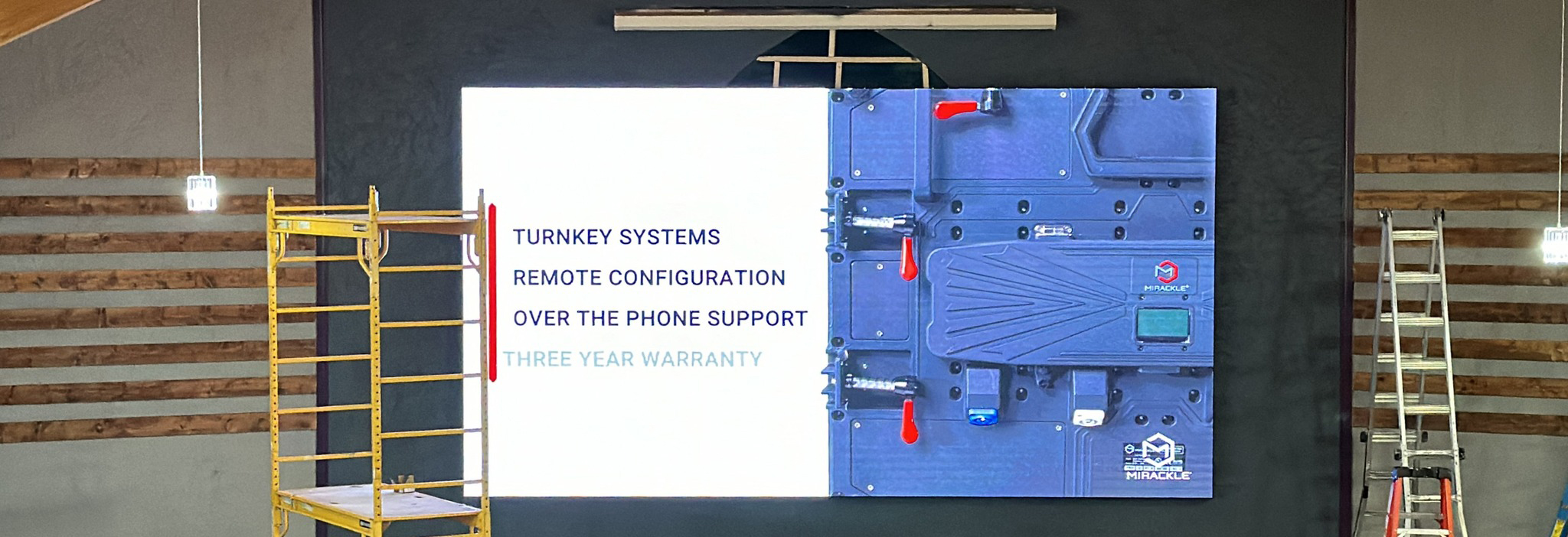1. Introduction
In today’s era, displays serve as a crucial window for our interaction with the digital world, with technological innovations evolving rapidly. Among these, IPS (In-Plane Switching) and LED screen technologies are two highly notable areas. IPS is renowned for its exceptional image quality and wide viewing angles, while LED is widely used in various display devices due to its efficient backlight system. This article will delve into the key differences between IPS and LED across several aspects.
2. Comparison of IPS and LED Technology Principles
2.1 Introduction to IPS Technology
IPS is an advanced LCD technology, with its core principle lying in the arrangement of liquid crystal molecules. In traditional LCD technology, liquid crystal molecules are arranged vertically, whereas IPS technology changes the arrangement of liquid crystal molecules to a horizontal alignment. This design allows the liquid crystal molecules to rotate more uniformly when stimulated by voltage, thereby enhancing the screen’s stability and durability. Additionally, IPS technology optimizes color performance, making the images more vibrant and saturated.
2.2 Introduction to LED Technology
In display technology, LED primarily refers to the backlighting technology used in LCD screens. Compared to traditional CCFL (Cold Cathode Fluorescent Lamp) backlighting, LED backlighting offers higher energy efficiency, longer lifespan, and more uniform light distribution. LED backlighting is composed of multiple LED beads, which, after processing through light guides and optical films, form a uniform light to illuminate the LCD screen. Whether it’s an IPS screen or other types of LCD screens, LED backlighting technology can be employed to enhance the display effect.
3. Viewing Angle: IPS vs. LED Display
3.1 IPS Display
One of the most prominent features of IPS screens is their ultra-wide viewing angle. Due to the in-plane rotation of liquid crystal molecules, you can view the screen from almost any angle and still experience consistent color and brightness performance. This feature makes IPS screens particularly suitable for scenarios requiring shared viewing, such as in conference rooms or exhibition halls.
3.2 LED Screen
Although LED backlighting technology itself doesn’t directly affect the screen’s viewing angle, when combined with technologies like TN (Twisted Nematic), the viewing angle may be relatively limited. However, with continuous advancements in technology, some TN screens using LED backlighting have also improved viewing angle performance through optimized design and materials.
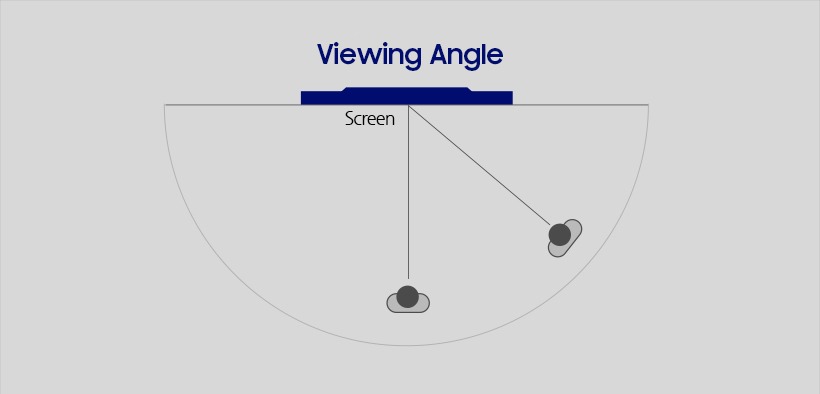
4. Color Performance: IPS vs. LED Display
4.1 IPS Screen
IPS screens excel in color performance. They can display a wider color range (i.e., higher color gamut), making the images more vivid and lively. Moreover, IPS screens have strong color accuracy, capable of accurately reproducing the original color information in images.
4.2 LED Display
LED backlighting technology provides a stable and uniform light source, making screen colors more vibrant and rich. Additionally, LED backlighting has a wide brightness adjustment range, allowing the screen to deliver appropriate brightness levels in different environments, thereby reducing eye fatigue and ensuring clear visibility even in bright conditions. By designing a suitable stage LED screen, it can provide your stage with excellent performance.
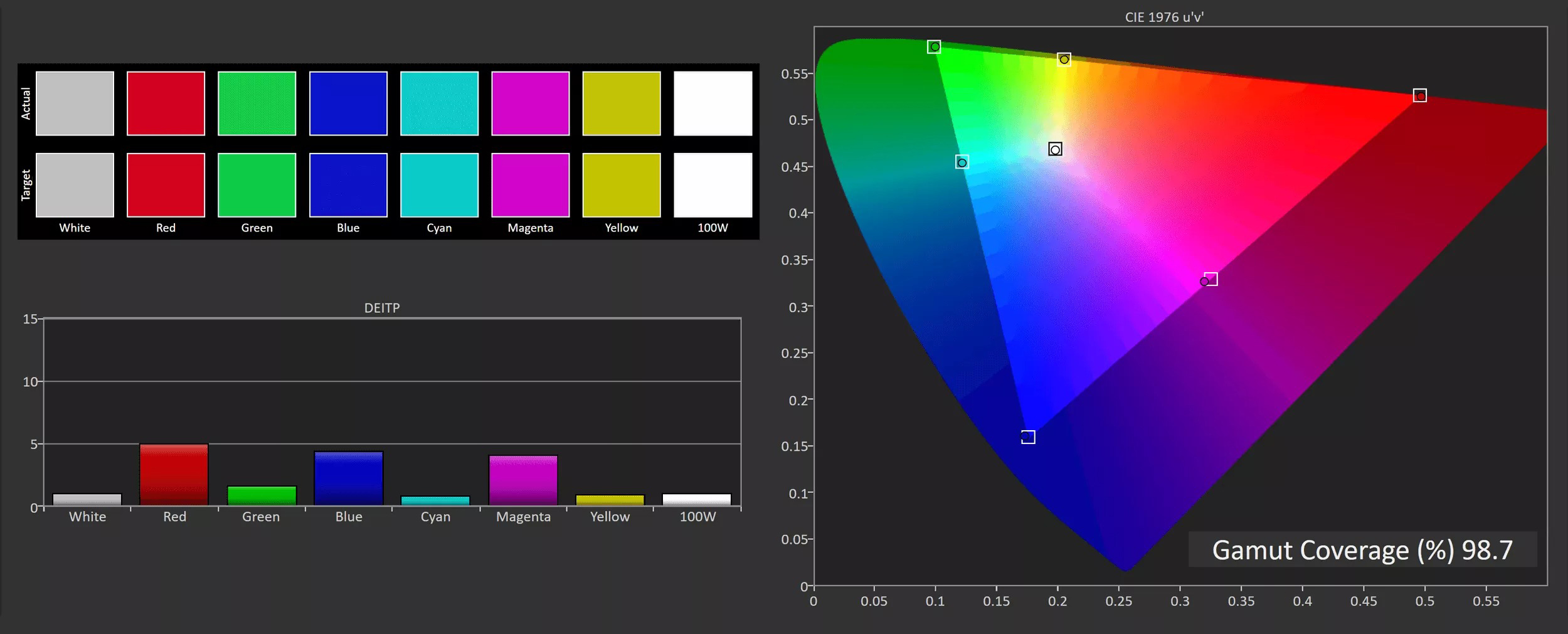
5. Dynamic Image Quality: IPS vs. LED Display
5.1 IPS Display
IPS screens perform well in dynamic image quality. Due to the in-plane rotation characteristic of liquid crystal molecules, IPS screens can maintain high clarity and stability when displaying fast-moving images. Additionally, IPS screens have strong resistance to motion blur, reducing image blurring and ghosting to a certain extent.
5. LED Display
LED backlighting technology has a relatively minor impact on dynamic image quality. However, when LED backlighting is combined with some high-performance display technologies (such as TN + 120Hz high refresh rate), it can significantly enhance dynamic image quality. It’s important to note that not all screens using LED backlighting offer excellent dynamic image quality.
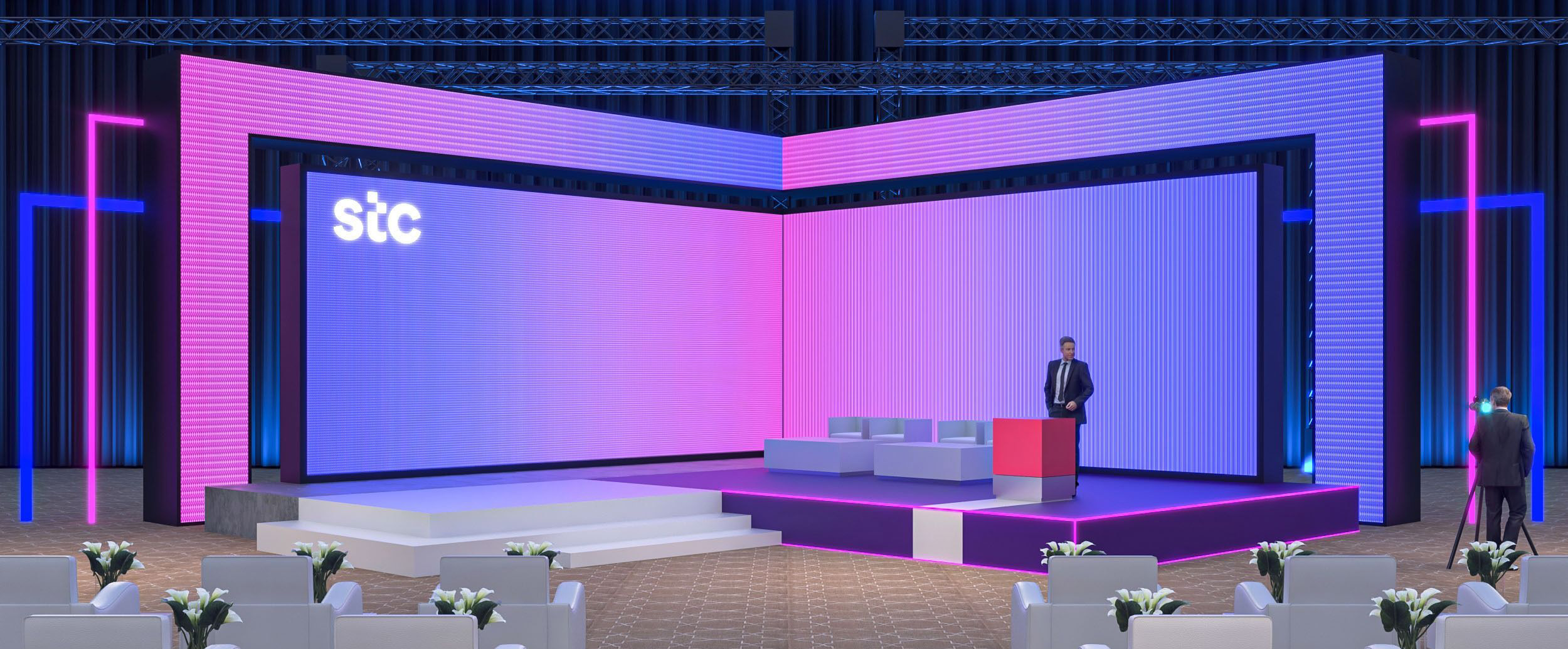
6. Energy Efficiency& Environmental Protection
6.1 IPS Screen
IPS screens reduce energy consumption by optimizing the arrangement of liquid crystal molecules and increasing light transmittance. Furthermore, due to their excellent color performance and stability, IPS screens can maintain low power consumption during prolonged use.
6.2 LED Display Screen
LED backlighting technology is inherently an energy-efficient and environmentally friendly display technology. LED beads are characterized by low power consumption, long lifespan, and high stability. The lifespan of LED beads typically exceeds tens of thousands of hours, far surpassing traditional backlighting technologies. This means that display devices using LED backlighting can maintain stable display effects and low maintenance costs over extended periods.
7. Application Scenarios: IPS vs. LED Display
7.1 IPS Screen
Thanks to their wide viewing angles, high color saturation, and excellent dynamic image quality, IPS screens are well-suited for applications requiring high-quality display effects. For instance, in professional fields like graphic design, video editing, and photography post-production, IPS screens can provide more accurate and richer color representation. IPS screens are also highly favored in high-end consumer electronics such as home televisions and monitors.
7.2 LED Screen
LED screens are widely used in various LCD displays. Whether in commercial displays, home televisions, or portable devices (such as tablets and smartphones), LED backlighting is ubiquitous. Especially in scenarios demanding high brightness, contrast, and color performance (such as billboard LED screen, large LED display, etc.), LED screens showcase their unique advantages.
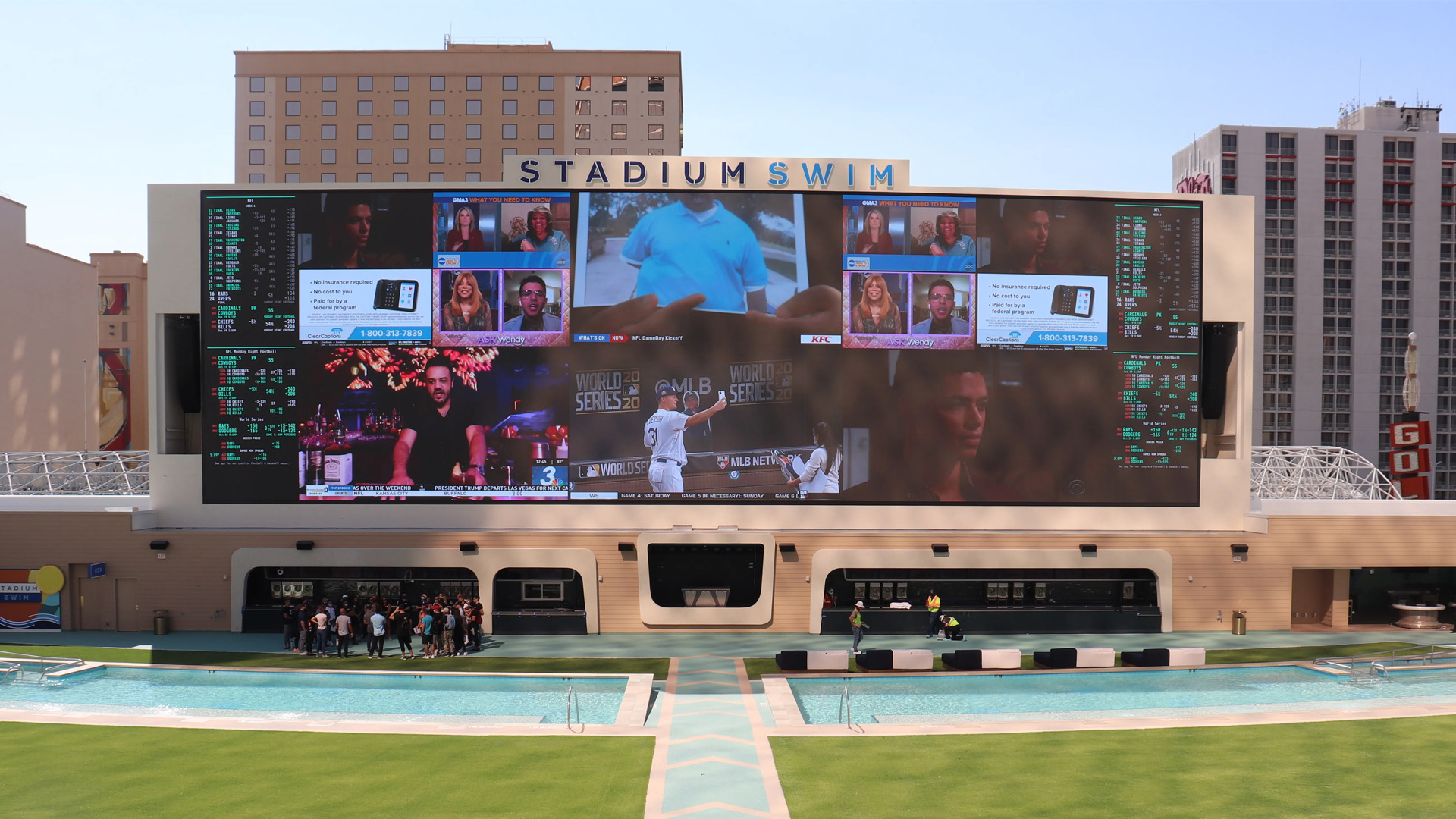
8. Is IPS or LED better for gaming?
8.1 IPS Screen
If you value true-to-life colors, fine details, and the ability to clearly view the game screen from various angles, then IPS screens are more suitable for you. IPS screens offer accurate color reproduction, wide viewing angles, and can provide a more immersive gaming experience.
8.2 LED Backlighting
While LED is not a screen type, it generally implies higher brightness and more uniform backlighting. This is particularly beneficial for gaming in dimly lit environments, enhancing the contrast and clarity of the image. Many high-end gaming monitors adopt LED backlighting technology.
9. Choosing the Best Display Solution: IPS vs. LED
When selecting between LED or IPS screens, RTLED recommends first considering your needs for color accuracy and viewing angle. If you seek ultimate color quality and wide viewing angles, IPS can provide that. If you prioritize energy efficiency and environmental friendliness, and need a screen for diverse environments, then an LED backlit screen may be more appropriate. Additionally, consider your budget and personal usage habits to choose a cost-effective product. You should choose the solution that best meets your comprehensive needs.
If you are interested in more about IPS and LED, contact us now.
Post time: Aug-19-2024


